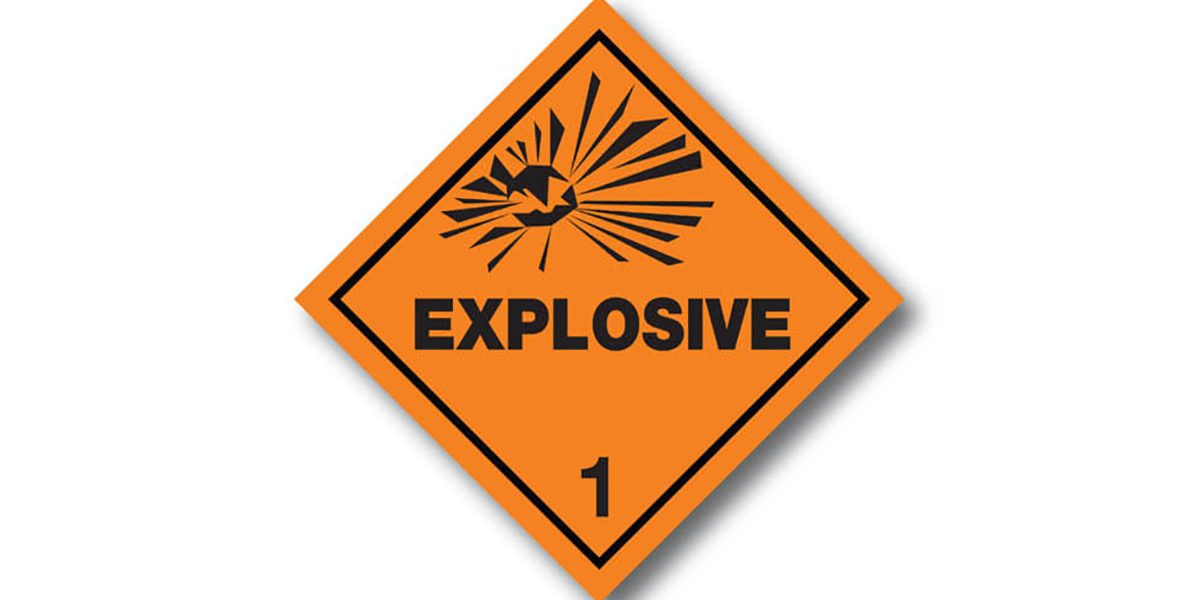Dangerous Goods Shipping
Dangerous Goods are materials or items with chemical and physical properties which, if not properly transported, can pose a potential risk to human health and safety and property.
Identifying dangerous goods is the first step to reduce the risks posed by the product with proper packaging, communication, handling, and stowage.
Dangerous goods are separated into categories through a classification system outlined by the UN Model Regulations.
Each hazardous substance or article is assigned to a dangerous goods class.
There are 9 classes of dangerous goods and the class is determined by the nature of the danger they present:
Class 1: Explosives
Class 2: Gases
Class 3: Flammable liquids
Class 4: Flammable solids
Class 5: Oxidising agents & organic peroxides
Class 6: Toxins and infectious substances
Class 7: Radioactive material
Class 8: Corrosives
Class 9: Miscellaneous dangerous goods
Class 1: Explosives
Class 1 goods are explosives – products that possess the ability to alight or detonate during a chemical reaction. Explosives are dangerous because they have molecules designed to rapidly change their state, which is usually a solid state into a very hot gas.
Some commonly transported Class 1 Dangerous Goods include Nitroglycerin, Rocket motors, TNT, C4, ammunitions, fireworks, etc
Class 1 items are not usually shipped by air and are divided into six subdivisions. They cover substances that have an explosion hazard, explosions that may project fragments and firebrands, and fire hazards:
1.1. Substances and articles which have a mass explosion hazard such as detonators and dynamite
1.2. Substances and articles which have a projection hazard but not a mass explosion hazard such military grenades and display fireworks
1.3. Substances and articles which have a fire hazard and either a minor blast hazard or a minor projection hazard or both such as distress flairs and flash pots such as those used at a football match
1.4. Substances and articles which present no significant hazard; only a small hazard in the event of ignition during transport with any effects largely confined to the package, such as shop-bought fireworks, sparklers, and party poppers
1.5. Very insensitive substances which have a mass explosion hazard
1.6. Extremely insensitive articles which do not have a mass explosion hazard
Class 1 Goods need to carry the correct label when being transported.



Class 1 Explosives Symbol
As well as being divided into six divisions, explosives are further allocated into one of thirteen compatability groups depending on the type of hazard they present. The groups identify the kind of explosive articles and substances that can exist or occur together without problems or conflict.

Our range of Full Dangerous Goods training covers all 9 classes of DG for Road, Sea and Air.
To book a course or if you would like to talk through your training requirements call 0330 912 5041 or email [email protected]

